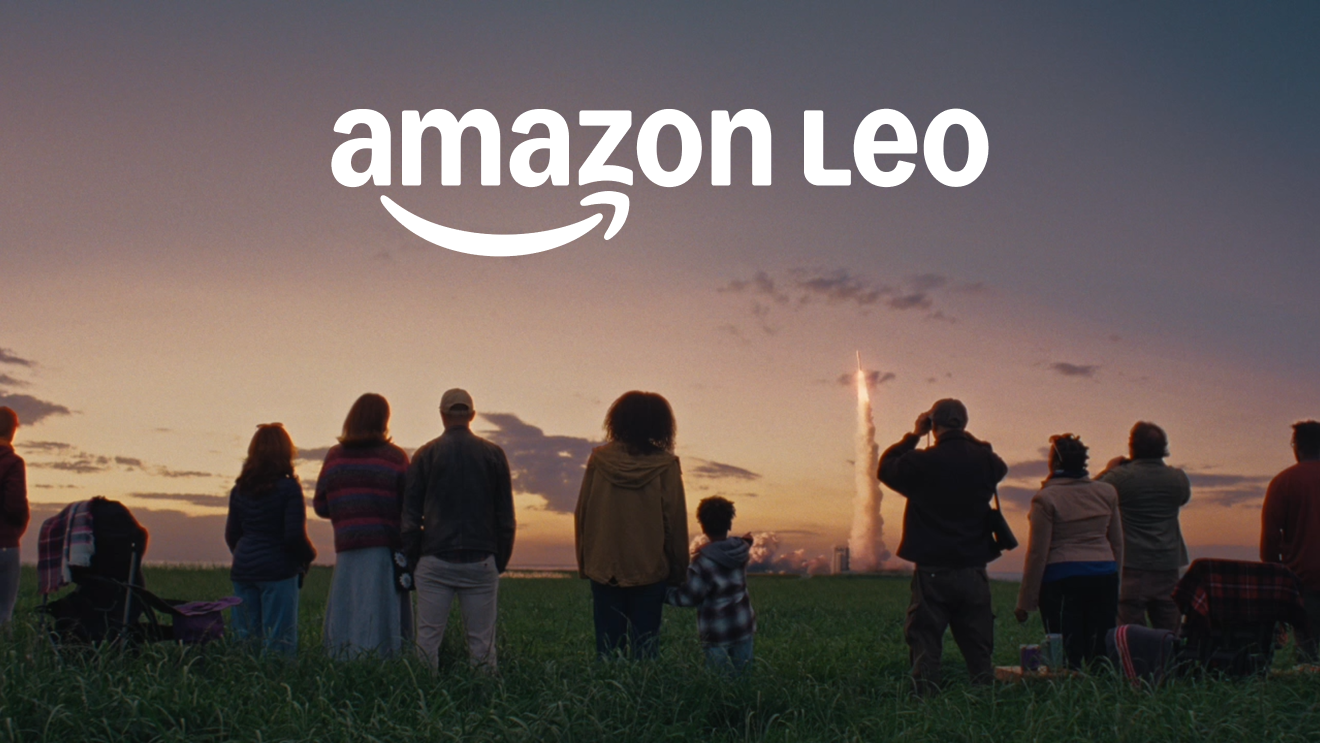lipflip – Amazon has rebranded its satellite communication network, officially renaming Project Kuiper to “Amazon Leo.” This name change highlights the network’s core feature: a constellation of satellites in low Earth orbit (LEO). By making this move, Amazon signals its readiness to position its satellite network as a product in its own right, aiming to provide global high-speed internet access. Especially to underserved regions.
Read More : Valve Unveils Steam Frame VR Headset, Launching in 2026
Project Kuiper, now Amazon Leo, began in 2019 with an ambitious plan. The goal was to launch over 3,000 satellites into orbit. Creating a network that could serve 95 percent of the global population with fast, reliable internet. While the project has made significant progress, it is still far from completion. Although Amazon has launched prototype satellites, outlined plans for a space laser mesh network, and revealed the customer antennas. The first 27 satellites of the constellation are set to launch in April 2025.
The rebranding to Amazon Leo reflects the company’s progress and its commitment to making this network an integral part of Amazon’s services. However, despite this shift, Amazon still faces considerable challenges. The satellite network has yet to reach the scale necessary to compete with other established players in the field, particularly SpaceX’s Starlink.
Amazon Leo Faces Competition as It Prepares for Satellite Internet Launch
While Amazon Leo marks an exciting new chapter for the company. It is still catching up to its primary competitor, SpaceX’s Starlink. Starlink, which began its beta service in 2020, has quickly expanded its satellite internet network. The service now reaches a broad audience, offering high-speed internet to rural and remote areas.
Starlink’s rapid growth has enabled it to secure major deals. Including a partnership with T-Mobile for satellite-enabled texting and collaborations with airlines to offer in-flight internet services. These partnerships give Starlink a significant edge in terms of both coverage and business development.
In contrast, Amazon Leo has yet to launch its full satellite constellation, and its service offerings are still in the early stages. While Amazon has shown significant progress. Including developing its space laser mesh network, it will need to accelerate its rollout to catch up to Starlink’s established infrastructure.
Rebranding Project Kuiper as Amazon Leo, however, suggests the company is moving beyond its initial prototype phase and is ready to turn the network into a commercial product. As Amazon moves forward with its satellite plans. It will need to leverage its existing technology and vast logistics network to differentiate itself from Starlink and other competitors.
Read More : Asus ROG NUC 15 Takes the Lead in Mini Gaming PCs
In the coming years, the satellite internet space is expected to grow significantly, with multiple companies competing to deliver connectivity to remote and underserved regions. Amazon Leo’s success will depend on how quickly it can scale its network and secure the necessary partnerships to offer reliable services. If it can overcome these challenges, Amazon Leo may become a key player in the global satellite internet market.
